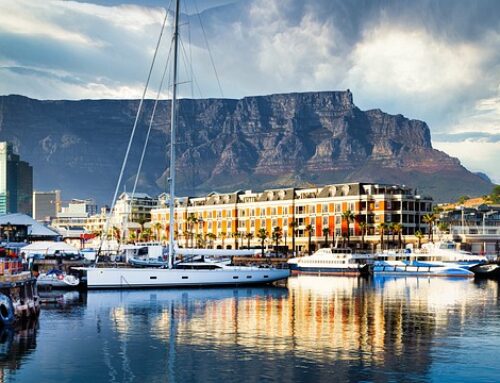10 Charming Small Towns in Spain Worth Discovering
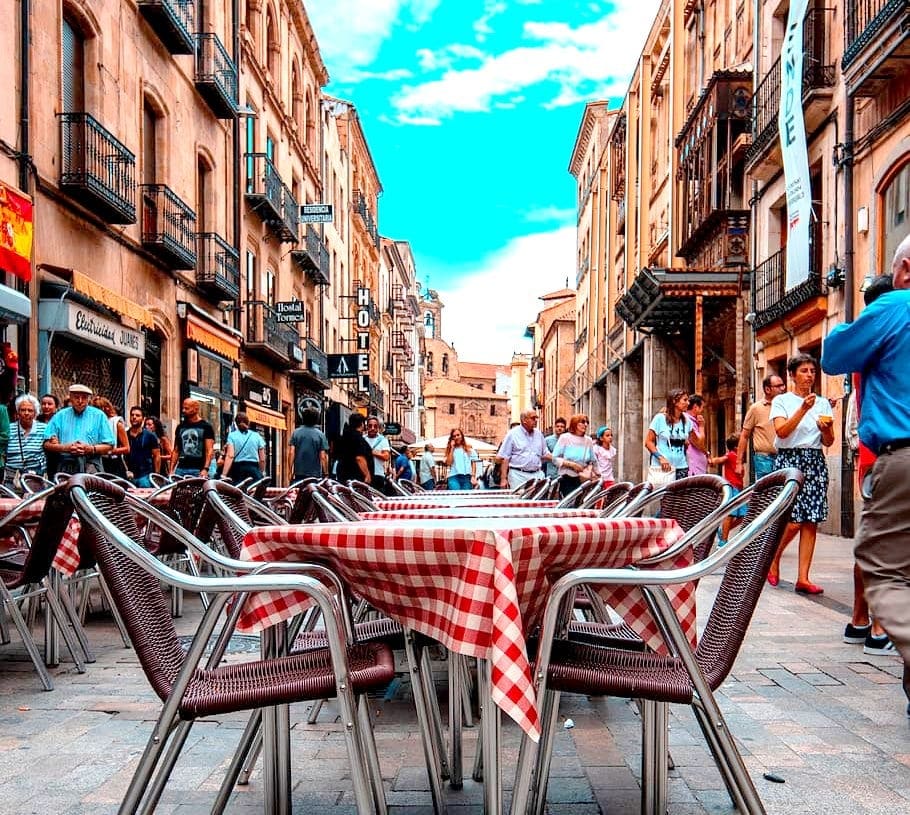
The 10 Best Small Towns to Visit in Spain

When it comes to Spain, we all know that the most popular destinations are the cities of Madrid and Barcelona, but this country has many small wonders that you can visit in addition to the famous Spanish metropolis. Narrow cobbled streets, magnificent architecture, tasty traditional dishes and cheerful people – all this is what makes these cities so special and worth visiting. Take a look at our list of the top 10 small cities in Spain!
Besalú, Catalonia

Besalú is a typical Spanish medieval city that has remained intact over the years. This fortified city, in the province of Girona, is full of cobbled streets for walking and exploring, so don’t forget to wear proper footwear. The road that comes from the bridge will take you to the Plaça Major square, which a few centuries ago served as the historic center of Besalú. The most significant monument of Besalú is the medieval bridge just as we imagine it in fairy tales, with medieval knights and as the icing on the cake, it lights up in the evening. Also, do not miss to visit one of the best beaches in Spain and the Museum of Miniatures and Microminiatures, which houses an exhibition of scenes from the 19th century. Some of the miniatures are so detailed that you need a microscope to see them.
Comillas, Cantabria
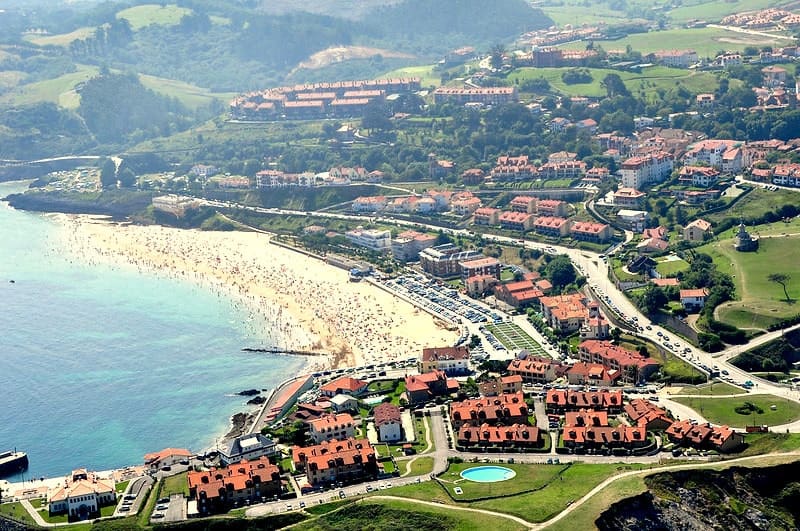
Flickr by: Nacho Castejón Martínez
Did you think only Barcelona had famous works by Antoni Gaudí? Well, it is not true. You will find other works in the city of Comillas that will amaze you with its building El Capricho. The building is characterized by a unique style similar to a Persian minaret. Visit the wonderful Sobrellano Palace, located near El Capricho. The palace is currently under the ownership of the Government of Cantabria and has been entirely transformed into a museum. So to enter it you will have to pay a small reward of 3 €. Just 12 kilometers from Comillas is the Natural Park of Oyambre in the small village of San Vicente de la Barquera. The site offers many surf schools where you can learn to “ride” the waves.
Cuenca, Castilla-La Mancha
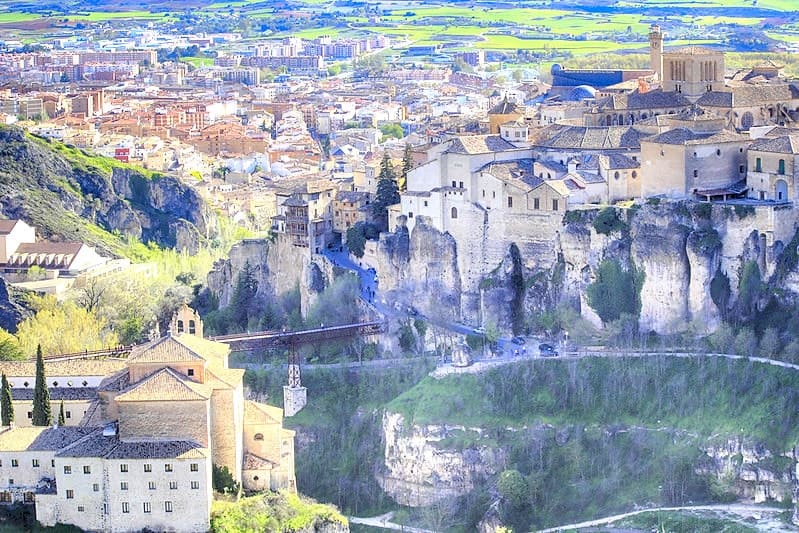
Flickr by: M.Peinado
Although it is not a metropolis (it has about 50,000 inhabitants), Cuenca is actually the capital of the homonymous province of the Spanish autonomous community Castilla-La Mancha. This city is particular because it was built on steep rocks at an altitude of 956 m, and has also been declared a UNESCO World Heritage Site because of the city’s well-preserved cultural infrastructure. The main monument of Cuenca is the Cathedral of Our Lady of Grace, also known as the first Gothic cathedral in Spain. The central square is called Plaza Mayor where you will see the baroque town hall. Probably the most famous part of Cuenca are the so-called las casas colgadas or “suspended houses”, an example of the traditional houses of Cuenca built on the rocks. Today some of them have restaurants and there you will also find the Museum of Abstract Art.
Olite, Navarre
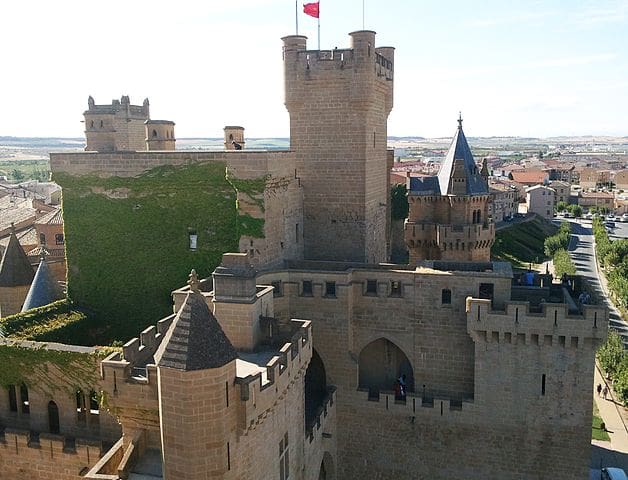
Wikimedia Commons by:Guix.com
This small city of only 3000 inhabitants has a wonderful palace that can be placed side by side with some of the most famous buildings in the world. We are talking about the Palace of the Kings of Navarre of Olite which is actually a fortification composed of three main parts: the Old Palace, the New Palace and the church of Santa Maria la Real. The fairytale design of the palace is what makes it so special – since it was not built at once, it has roots in different styles that have changed over the centuries. The mild Mediterranean climate has made Olite the wine capital of Spain, so be sure to sign up for a tasting tour and give your palates an unforgettable experience!
Ronda, Andalusia

The city of Ronda, we could also name it as “the twin sister” of Cuenca because it too was founded on rocks, above the canyon of El Tajo. The city is famous for its three bridges: the Puente Romano, the Puente Viejo and the Puente Nuevo that crosses the canyon. Bullfights with bulls are not only present in Pamplona; in Ronda you will find the oldest bullfighting arena in Spain that can seat up to 5000 spectators and you can also visit the museum of Plaza de Toros at the price of 7 € (8.50 € with audio guide). A little known anecdote about Ronda is that the city was the inspiration for the novel “For those who ring the bell” by Ernest Hemingway, the description of the execution of the fascists who were thrown from a cliff is said to be inspired by the canyon of Ronda and El Tajo.
Salamanca, Castile and Leon

Salamanca is the perfect example of how the modern meets the old. Although not really a “small town” in terms of population, it is definitely worth a visit. The most iconic building in Salamanca is its university founded in the 13th century which makes it the first university in Spain (and the third oldest in the world!). Even the famous Spanish writer Miguel de Cervantes himself was a student at this university! Visit the impressive Old and New Cathedral which is one of the most recognizable Gothic buildings in Spain. Visitors are allowed to climb the towers which are perfect for a spectacular panoramic view.
Setenil de las Bodegas, Andalusia
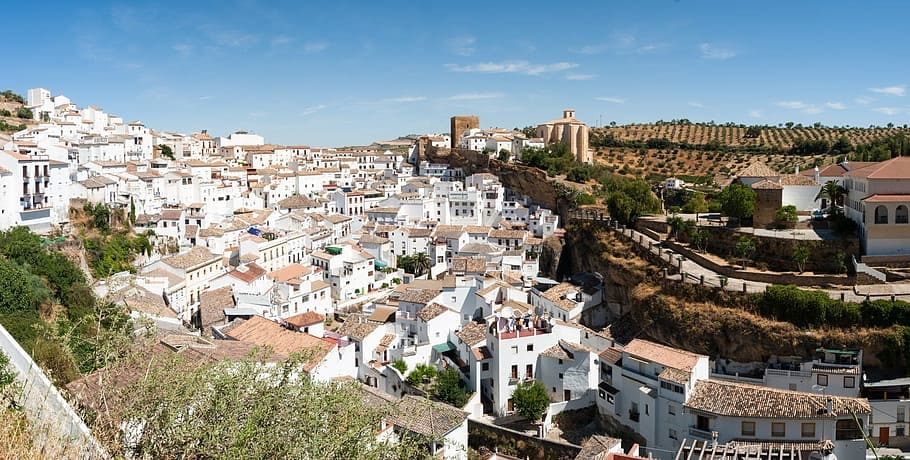
Setenil de las Bodegas is probably the most unusual city on this list. We are not exaggerating when we say that Setenil is a city founded under a rock. That’s right – the entire city with a population of 3000 inhabitants lives under a rock. Many people say that the people who live here deliberately decide to build their houses under a rock because they provide shade on hot summer days and keep warm in winter. This small town has evolved from the fortified Moorish settlement and took its name from the cellars that were once built inside these rocks (bodega means wine cellar in Spanish). Today the inhabitants of Setenil mainly focus on the production of olive oil, almonds and wine.
Frigiliana, Andalusia
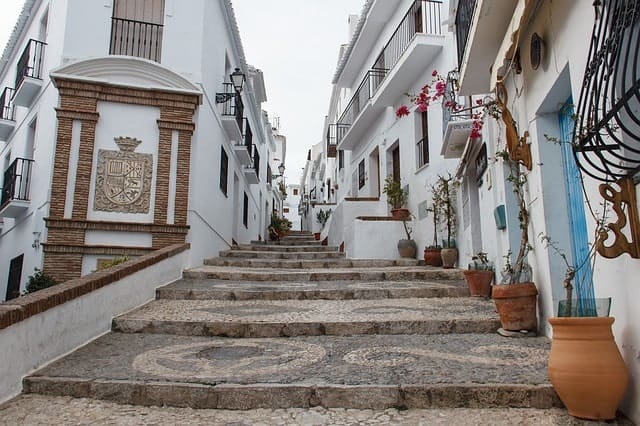
To get closer to the city of Frigiliana, we can compare it to the beautiful Santorini in Greece because of the famous whitewashed houses and the small cobbled streets that climb to the top of the hill of the sunny Costa de Sol. A very interesting anecdote is the fact that Frigiliana has been named several times as the most beautiful Spanish village because of its Morisco-Mudéjar district famous for its particular architectural style. The most popular event that takes place in Frigiliana is the so-called “Festival 3 Culturas” with numerous live shows and street artists scattered throughout the city. Especially famous is the race “the tapas route” – the rules are simple: for the price of only 1,50 € per piece you can taste the different types of tapas and drinks in different restaurants that prepare special menus with Jewish, Arabic or Christian food.
Mérida, Extremadura
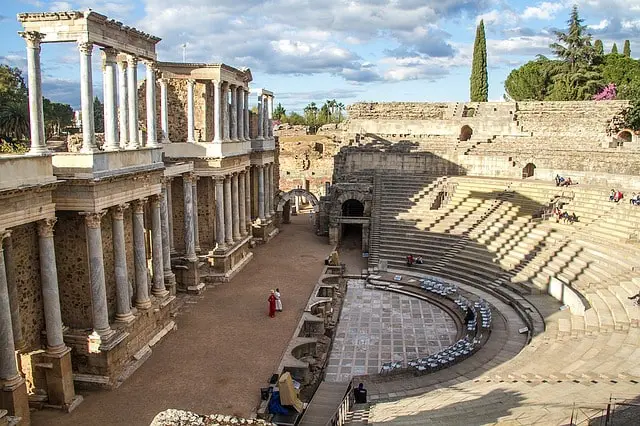
If you have always wanted to travel back in time, to be more precise, during the Roman Empire, then Mérida is the place you dream about having preserved the Roman remains better than any other city. The capital of the Spanish community of Extremadura is home to one of the 45 sites on the UNESCO World Heritage List in Spain and the most famous attraction of the place is the Roman Bridge – the longest Roman bridge ever built today used only by pedestrians. The Roman Theatre was built in the 16th century BC and could accommodate almost 6000 spectators which was a huge mouthful at the time. All the ruins of Mérida are close to each other, so you can make the tour simply on foot.
Peñíscola, Valencian Community
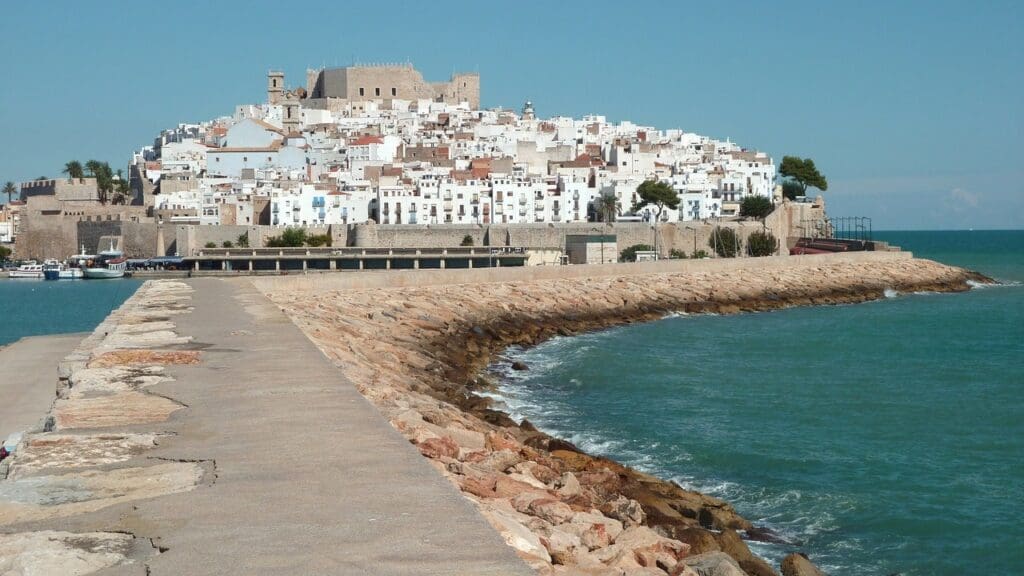
Peñíscola is also known as the “Gibraltar of Valencia” and has long been only a fishing village. As the years went by and tourism grew, this famous city became an increasingly popular and visited paradise on earth. Once here don’t forget to visit the Castle of Papa Luna which stands on top of the hill of Peniscola and where you will get a fantastic 360° view of the city. Peñíscola is an unmissable visit for fans of the famous television series “The Throne of Swords” being used to shoot some of the famous scenes of Meereen.



